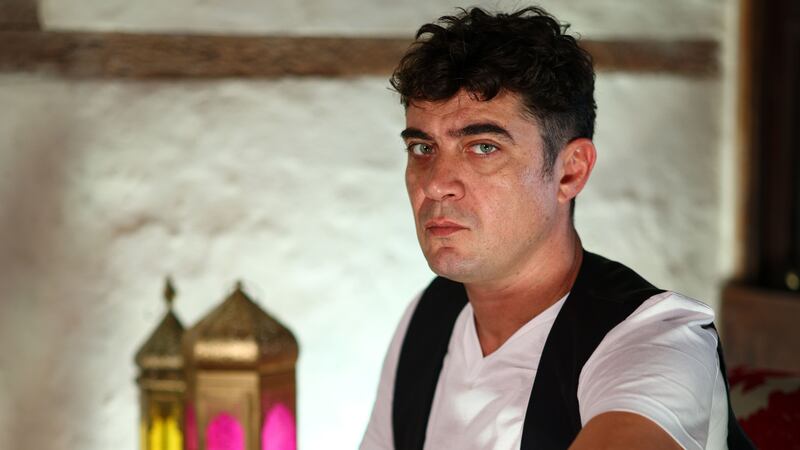Did Bono save the peace process? One of the enduring images from part two of Trevor Birney’s The Agreement (RTÉ One, Tuesday, 9.35pm) is of the U2 frontman on stage in Belfast holding aloft the hands of David Trimble and John Hume.
This was in the run-up to referendums on both sides of the Border on the Belfast Agreement, which led to power sharing in the North and to the Republic democratically recognising partition with the removal of articles 2 and 3, an important step along the long road to hollowing out Éamon de Valera’s antediluvian 1937 Constitution (work that continues to this day).
In the Republic there was little doubt that the bloodlust of the terrorists would be rejected. As ever, things were more complicated in the North, we hear in this pacy yet rigorously detailed film. The misgivings among many unionists had to do with the early release of paramilitary prisoners. These people had bombed and maimed for decades. Now they would walk free?

'Northern Ireland has moved on' - Fintan O'Toole on 25th anniversary of the Belfast Agreement
Ian Paisley led the No campaign. In the run-up to the vote there seemed a chance the Belfast Agreement would be rejected. But then the DUP leader heard Bono was coming to Belfast to campaign for the Yes side. Paisley immediately went on radio, decrying the Ulster Unionists and David Trimble for joining “the pan-nationalist front”.
READ MORE
“He knows this is a PR masterstroke,” says David Kerr, an adviser to David Trimble during the negotiations. “He gets it. There’s nothing he can do about it.”
Backstage in Belfast, Bono took David Trimble to one side. Trimble was terrified he’d be asked to sing. In fact, Bono wanted Trimble and John Hume, the leader of the nationalist SDLP, to appear under the spotlight together. The showman’s instincts that had helped U2 conquer the world rescued the foundering Yes campaign.
[ What has Belfast Agreement delivered for the North’s youth?Opens in new window ]
If only everyone else had the same good judgment. Bertie Ahern was criticised for allowing the Balcombe Street gang, whose forte was bombing pubs, clubs and restaurants in London’s tourist districts in the 1970s, to leave prison to attend a republican jamboree in Dublin. Mo Mowlam, the UK Secretary of State for Northern Ireland, gave temporary release to the loyalist killer Michael Stone – to widespread disgust.
“She cost us about 5 per cent [of the Yes vote],” says the unionist politician Reg Empey. “She didn’t have to do that. It was not necessary.”
Birney interviews all the key players still living. (Trimble died in 2022; Hume in 2020.) Bill Clinton, the former US president, recalls staying in the Oval Office until 2.30am trying to get the deal over the line. “When I was given the power of the presidency, I tried to do things that helped people. I believe the Irish peace helped a lot of people.”
George Mitchell, the former United States Senate majority leader, who co-chaired the talks, has an even more succinct take. “In the 25 years preceding the agreement, 3,500 people were killed and 50,000 were injured. In all the years since, the total number of violent deaths is about 145.”
And what of the future? The Agreement doesn’t spend long contemplating the possibility – or desirability – of a United Ireland. Gerry Adams, the former Sinn Féin leader, labels those opposed to such a concept as bigots. Tony Blair says that, as was the case 25 years ago, the priority must be peace.
“There are a whole generation coming up and living in peace,” he says. “If there ever is to be a united Ireland it’s not just about a vote and not just about a majority – it’s because that would be a more stable basis for the future.”











